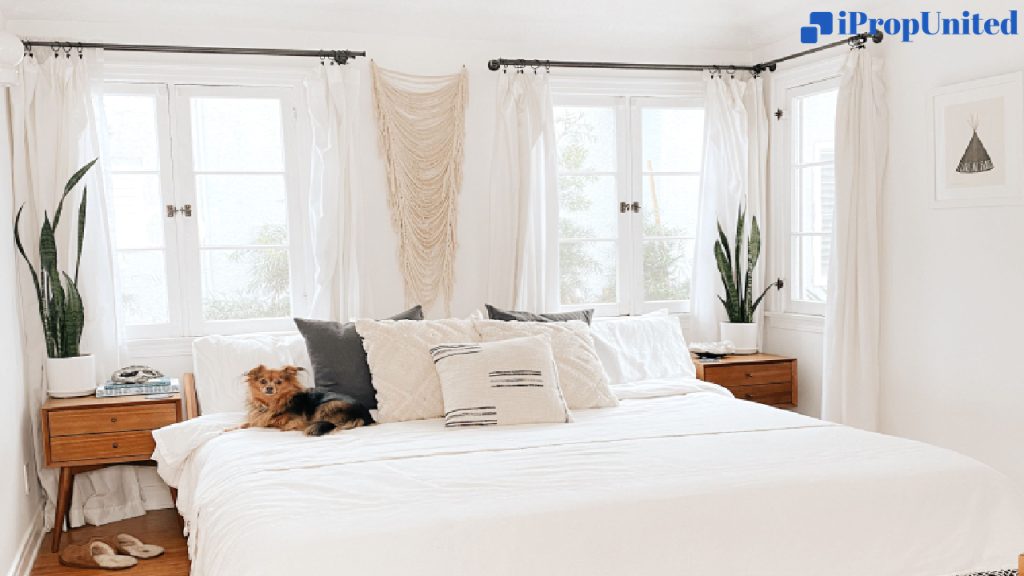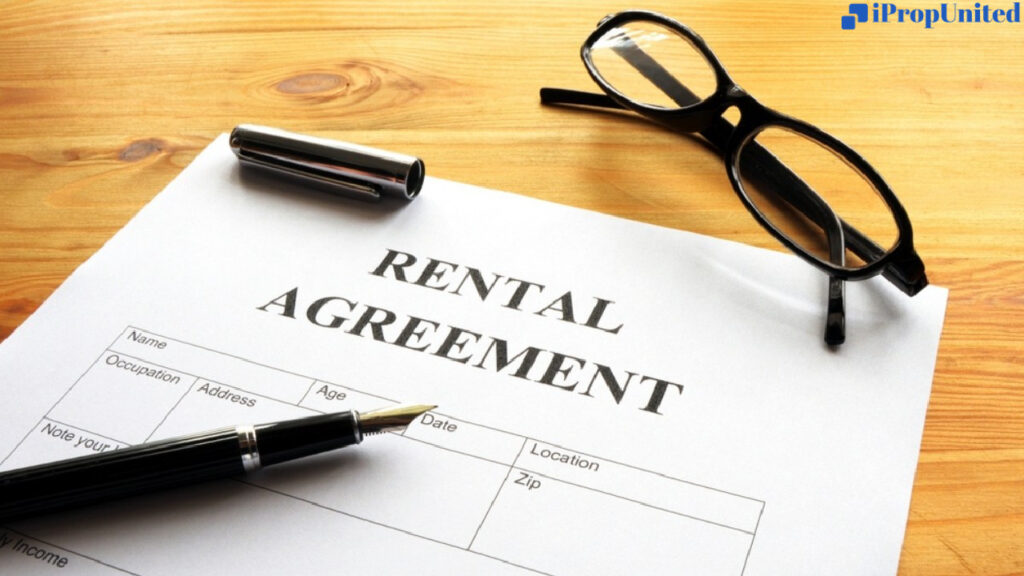
Understanding Return on Investment (ROI)
Return on investment (ROI) is a measure used to estimate the efficiency or profitability of an investment or compare the efficiency of several different investments. ROI approaches directly measure the amount of return on a particular investment relative to the investment’s cost.
The return on an investment is divided by the cost of the investment to calculate ROI. The result is expressed as a percentage or a ratio.
How to calculate ROI?
To calculate ROI, divide the difference between the current value of the investment and the cost of the investment by the cost of the investment.
“Current value of investment” refers to the profits obtained from the sale of the investment of interest. ROI is easily comparable to other investment returns because it is measured as a percentage, allowing a variety of investment types to be compared.
The calculation itself is not overly complicated, and it is relatively simple to interpret given its wide range of applications. If the ROI on investment is net positive, it is probably worthwhile. However, if other opportunities with higher ROIs are available, these signals can assist investors in eliminating or selecting the best options. Besides, investors should avoid negative ROIs, which imply a net loss.
For instance, suppose A invested Rs 1,000 in Slice Pizza Corp. in 2017 and sold the shares one year later for a total of Rs 1200. Now, divide the net profits (Rs 1200 minus Rs 1000) by the investment cost (Rs 1,000) to calculate an ROI of 20%.
This information will give you an idea to compare the investment in Slice Pizza with any other projects. Suppose A also invested Rs 2000 in Big Sale Stores Inc. in 2015 and sold the share for a total of Rs 2,800 in 2018. The ROI on A’s holdings in the big sale would be 40%.
Limitations of ROI
The above example reveals the limitations of using ROI, particularly when comparing investments. While A’s ROI was double that of the first investment, the time between purchase and sale in the first and second investments was one year and three years, respectively.
A could adjust the ROI of the multi-year investment accordingly. One could divide the entire 40% by three to obtain the average annual ROI, which is 13.33% annualized. These adjustments show that the second investment earned more profit, while the first investment was a wise decision.
ROI can be used in conjunction with the rate of return (RoR), which considers a project’s time frame. You can also use net present value (NPV), which accounts for differences in the value of money over time due to inflation. The application of NPV when calculating the RoR is often called the real rate of return.
ROI developments
SROI was created in the late 1990s to account for the broader impacts of projects using extra-financial value (i.e., social and environmental metrics not currently reflected in conventional financial accounts). Lately, investors and businesses have shown their interest in the development of new forms of ROI, called SROI, or “social return on investment.”
SROI helps to understand the value proposition of certain environmental, social, and governance (ESG) criteria used in socially responsible investing (SRI) practices.
For example, a company may want to recycle water in its factories and replace all its lighting with LED bulbs. These tasks have an immediate cost that may have a negative impact on the traditional ROI. However, the net benefit to society and the environment could lead to a positive SROI.
Some other new variations of ROIs have been developed for specific purposes. The efficiency of social media campaigns is determined by the social media ROI, which shows the number of clicks or likes achieved per unit of effort. Similarly, the return attributable to advertising or marketing campaigns is determined by the marketing statistic ROI.
Understanding ROI in simple terms
ROI (return on investment) tells you how much money you’ve made (or lost) on an investment or project after accounting for its cost.
How to Calculate Return on Investment (ROI)?
Return on Investment (ROI) is obtained by dividing the gained profit on an investment by the cost of that investment. For instance, an investment with a profit of Rs 100 and a cost of Rs 100 would have an ROI of 1 or 100% when expressed as a percentage. However, ROI is a quick and easy way to estimate the success of an investment, but it has some significant limitations. For instance, ROI is unable to reflect the time value of money, and it can be hard to meaningfully compare ROIs as some investments will take longer to generate a profit than others. Due to this reason, other metrics such as net present value (NPV) or the internal rate of return (IRR) are being used by professional investors.
What Is a Good Return on Investment?
The “good” ROI depends on several variables, including the investor’s risk tolerance and the length of time it takes for an investment to start paying off. If everything is equal, more risk-averse investors will probably accept lower ROIs in exchange for taking less risk. Moreover, investments that take longer to pay off will generally require a higher ROI to be attractive to investors.
What Industries Have the Highest ROI?
Altogether the average ROI for the index S&P 500 has been about 10% per year. However, depending on the industry, there can be significant variation within that. For instance, many technology companies produce annual returns above this 10% threshold. Meanwhile, companies in other industries, such as energy companies and utilities, made much lower ROIs and in several cases faced losses year over year. Gradually, it is normal for the average ROI of an industry to shift due to factors such as increased competition, technological changes, and shifts in consumer preferences.
Follow and Connect with us: Twitter, Facebook, Linkedin, Instagram



















 Home is where the heart is, and therefore, we try to make all possible efforts to make it look beautiful and impressive. Whether it is time or money, we invest a lot in designing our homes to get the look we have always desired. But what we forget is that even a small decorating mistake can spoil the entire effort. We are talking about very common home decor mistakes that most of us do and are not even aware of, which can blemish the appearance of your home.
Home is where the heart is, and therefore, we try to make all possible efforts to make it look beautiful and impressive. Whether it is time or money, we invest a lot in designing our homes to get the look we have always desired. But what we forget is that even a small decorating mistake can spoil the entire effort. We are talking about very common home decor mistakes that most of us do and are not even aware of, which can blemish the appearance of your home. Everything has a place of its own and bulky furniture is a big No-No for small rooms. Bulky furniture can make your small room look even smaller and can make you feel suffocated and claustrophobic. Your guests will also feel as if they are not able to get fresh air and that is probably the last thing you want for your guests.
Everything has a place of its own and bulky furniture is a big No-No for small rooms. Bulky furniture can make your small room look even smaller and can make you feel suffocated and claustrophobic. Your guests will also feel as if they are not able to get fresh air and that is probably the last thing you want for your guests. If you are buying expensive or antique artwork, then it is very important to flaunt it properly! There will be no point left if the painting is hanged too high or in a way which hides its beauty as it will kill the whole vibe of that artwork.
If you are buying expensive or antique artwork, then it is very important to flaunt it properly! There will be no point left if the painting is hanged too high or in a way which hides its beauty as it will kill the whole vibe of that artwork. You may not have realized it but a rug plays a very significant role in your home décor. The right one can make an ever-lasting impression, while the wrong one can spoil the entire look. If the rugs are too large, they can overshadow everything else in the room. If the rugs are too small, they will muddle up the appearance.
You may not have realized it but a rug plays a very significant role in your home décor. The right one can make an ever-lasting impression, while the wrong one can spoil the entire look. If the rugs are too large, they can overshadow everything else in the room. If the rugs are too small, they will muddle up the appearance. When we are buying furniture for our homes, we tend to ignore the size of the furniture. We don’t consider it very important. If everything in your room is of the same size, then obviously your room will look plain and dull.
When we are buying furniture for our homes, we tend to ignore the size of the furniture. We don’t consider it very important. If everything in your room is of the same size, then obviously your room will look plain and dull. What importance would everything in a room hold, if there is not proper lighting? Nothing! People generally forget to fill the room with lights.
What importance would everything in a room hold, if there is not proper lighting? Nothing! People generally forget to fill the room with lights.

 To add a unique presentation to your home, adding a quirk touch to home decor is no longer taboo. After all, a home is a visual representation of its occupants. Hence, a vast range of quirky decor items are available on the market. A number of entrepreneurs, artists, and designers are held responsible for the creation of such stuff. An eyesore from the past can become great artisan decor stuff in the present by adding some artwork to it.
To add a unique presentation to your home, adding a quirk touch to home decor is no longer taboo. After all, a home is a visual representation of its occupants. Hence, a vast range of quirky decor items are available on the market. A number of entrepreneurs, artists, and designers are held responsible for the creation of such stuff. An eyesore from the past can become great artisan decor stuff in the present by adding some artwork to it. The asymmetrical alignment of framed photographs in neon shades can add a fun element.
The asymmetrical alignment of framed photographs in neon shades can add a fun element. An artistic twist to waste materials for home decor available within the house, including old furniture like an old wooden stool or an empty liquor bottle painted in some eye-catching colors, can work wonders.
An artistic twist to waste materials for home decor available within the house, including old furniture like an old wooden stool or an empty liquor bottle painted in some eye-catching colors, can work wonders. A vibrant piece of street art over the wall with a brick finish catches instant attention.
A vibrant piece of street art over the wall with a brick finish catches instant attention. Add some of the recycled items for home decor, such as Bottles’ bases for planting purposes or old metal bucket taps as hooks, to add a quirky element.
Add some of the recycled items for home decor, such as Bottles’ bases for planting purposes or old metal bucket taps as hooks, to add a quirky element. Inspired by Indian traditional designs, this is a fun way to add a stunning Indian flavour to the decor of your house.
Inspired by Indian traditional designs, this is a fun way to add a stunning Indian flavour to the decor of your house.




